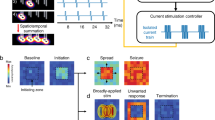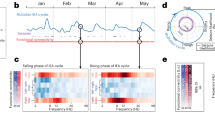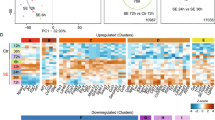Abstract
A fine balance between neuronal excitation and inhibition governs the physiological state of the brain. It has been hypothesized that when this balance is lost as a result of excessive excitation or reduced inhibition, pathological states such as epilepsy emerge. Decades of investigation have shown this to be true in vitro. However, in vivo evidence of the emerging imbalance during the "latent period" between the initiation of injury and the expression of the first spontaneous behavioral seizure has not been demonstrated. Here, we provide the first demonstration of this emerging imbalance between excitation and inhibition in vivo by employing long term, high temporal resolution, and continuous local field recordings from microelectrode arrays implanted in an animal model of limbic epilepsy. We were able to track both the inhibitory and excitatory postsynaptic field activity during the entire latent period, from the time of injury to the occurrence of the first spontaneous epileptic seizure. During this latent period we observe a sustained increase in the firing rate of the excitatory postsynaptic field activity, paired with a subsequent decrease in the firing rate of the inhibitory postsynaptic field activity within the CA1 region of the hippocampus. Firing rates of both excitatory and inhibitory CA1 field activities followed a circadian- like rhythm, which is locked near in-phase in controls and near anti-phase during the latent period. We think that these observed changes are implicated in the occurrence of spontaneous seizure onset following injury.
Similar content being viewed by others
Article PDF
Author information
Authors and Affiliations
Corresponding author
Rights and permissions
About this article
Cite this article
Talathi, S., Hwang, DU., Ditto, W. et al. Chronobiology of Epilepsy. Nat Prec (2008). https://doi.org/10.1038/npre.2008.1679.1
Received:
Accepted:
Published:
DOI: https://doi.org/10.1038/npre.2008.1679.1



